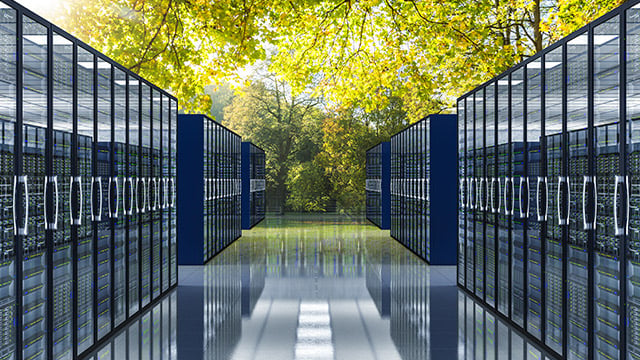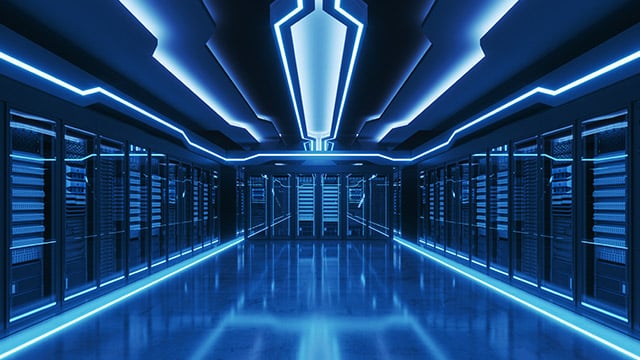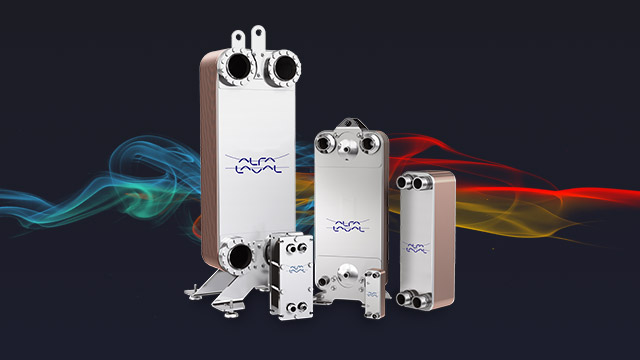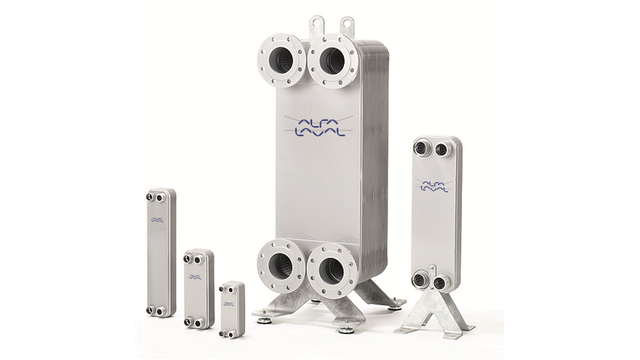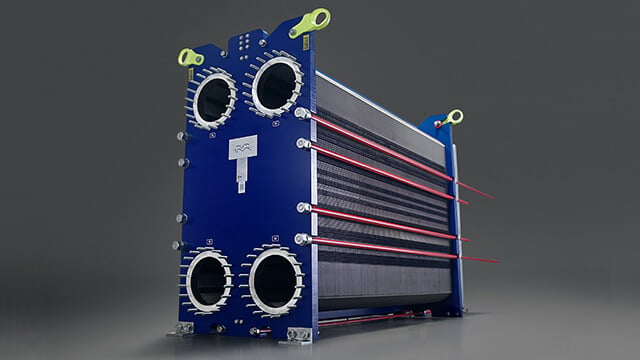Top 3 sustainability trends shaping South East Asia data centers
In South-East Asia, a region renowned for its dynamic economies and role as a data center hub, countries are striving to balance industry growth with energy efficiency and sustainability goals, focusing on innovative technologies and government policies to reduce environmental impact.
DATE 2023-11-28Singapore's data center industry is focused on improving energy efficiency and sustainability to address its growing energy demand. The Green Data Centre Standard (GDSS) and BCA Green Mark for Data Centres encourage sustainability. In Malaysia, the government has introduced the Data Centre Standards and Certification framework to promote sustainability. The Indonesia Data Center Association (IDA) is collaborating to set industry-wide sustainability goals.
This aligns with the global focus for the data center industry to improve energy efficiency, with the ambitious goal of achieving a PUE (Power Usage Effectiveness) of 1.0. This means building data centers where 100% of the energy consumed goes directly into powering the servers. However, up to 40% of current data center energy consumption is allocated to cooling operations. Hence, improving cooling efficiency is vital for creating more sustainable data centers.
To minimize data center energy consumption and reduce environmental impact, the focus shouldn't solely be on the white space (server rooms). The key lies in optimizing the utility area. Many cooling systems within data centers rely on chillers, which can be highly energy-intensive and increase operational costs.
The solution to making these systems more sustainable already exists in the form of advanced plate heat exchanger technology. When properly designed, installed, operated, and maintained, these heat exchangers support highly reliable and efficient cooling with a long service life, reducing both environmental footprints and costs.
“It’s really important to have the most efficient heat exchangers possible so that you don’t lose any temperature in the heat transfer,” says Anna Blomborg, Industry Manager Data Center, Alfa Laval.
Heat exchangers not only help achieve a PUE close to 1.0 but also address other sustainability metrics such as CUE (Carbon Usage Effectiveness), WUE (Water Usage Effectiveness), and ERE (Energy Reuse Effectiveness).
1. Utilizing excess heat
One of the most effective ways to reduce energy consumption is by recycling excess heat for secondary applications. Blomborg prefers to call this "excess heat" rather than "waste heat" because it can be reused in various processes.
Secondary applications for excess heat include heating greenhouses for growing produce, supporting aquaculture farms, and district heating and cooling schemes. Governments are increasingly pushing data centers to minimize energy and water use, making heat reuse a natural extension of sustainability efforts.
In the SEA region, data centers are adopting efficiency measures. For example, data centers in Malaysia are implementing heat recovery systems to capture and reuse heat. This captured heat can be used for on-site purposes, such as space heating or preheating water for cooling systems, thereby reducing energy consumption. Singapore is actively looking into district heating and cooling schemes as a means of utilizing excess heat generated by data centers. This strategy not only reduces excess heat but also contributes to local community heating needs. Some data centers in Indonesia are exploring technologies that convert excess heat into electricity. This approach allows them to offset their energy consumption and simultaneously reduce excess heat.
2. Liquid-based cooling
Immersion cooling offers two notable advantages when it comes to heat reuse in data centers. Firstly, it allows data center operators to operate their servers at significantly higher temperatures, unlocking greater computing power from the same server infrastructure. Moreover, the resulting elevated heat can be captured directly and, therefore, repurposed with greater ease.
Blomborg emphasizes the advantages of immersion heating, stating, " With immersion heating you can get much more interesting temperatures – maybe 50 degrees Celsius, 55 and possibly even 60 degrees. That’s good enough for tap water or taking a nice, warm shower. As an industry, these higher temperatures mean that you can do much more with the excess heat.”
“In comparison, when you’re using air cooling, the return temperature is unlikely to be more than about 30 degrees, although that’s still useful to lift from heat pumps and reuse. That’s what a large data center in Denmark is doing, lifting it up and sending it out to contribute to district heating to heat 14,000 homes,” she adds.
On a smaller scale, this excess heat can be directly employed to warm greenhouses, support aquaculture in fish farms, or even heat swimming pools with minimal modifications. At the very least, it can be directed to heat the data center's administrative spaces and public areas. Blomborg estimates that more than 90 percent of the generated energy can be effectively reused.
3. Reaching carbon neutrality
Amid the global shift toward carbon neutrality, Alfa Laval is diligently evaluating its own production and supply chain processes to significantly reduce the carbon footprint associated with its products.
One noteworthy initiative involves the adoption of 'green steel.' Notably, Sweden is already making strides towards producing steel through the use of hydrogen generated from renewable sources like wind and hydropower, replacing coal-based methods. Commercial production is slated to commence around 2026, and Alfa Laval has secured a prominent position in line to incorporate this 'green steel' into its heat exchangers.
Anna Blomborg shares, “We are the first heat exchanger company to sign up, so we will be the first to get green steel in our heat exchangers in the coming years.”
While Alfa Laval's products are renowned for their durability, the company is actively forging new partnerships to ensure 'circularity' when its heat exchangers eventually reach the end of their lifecycle. For instance, the "Re-made to matter" initiative, in collaboration with Stena Recycling, enables the upgrade to more energy-efficient heat exchangers while offering refunds for older units, which are then recycled. This program is already operational in Sweden, with plans to expand to other countries in the near future.
Anna Blomborg, Industry Manager Data centers, has been working for Alfa Laval for more than 20 years. She holds a Master Degree in Mechanical Engineering and has many years of experience in business development of heat transfer solutions. For the last 8 years she had been responsible for Alfa Laval solutions for cooling and heat reuse to Data centers specifically.
Watch our webinar!
Learn how, as a global market leader in heat transfer technologies, Alfa Laval works with data center providers around the world to support highly reliable and efficient cooling with the company’s advanced plate heat exchanger technology, engineering expertise and relentless focus on innovation and R&D.

